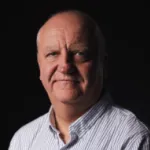The aim of this NERC-funded project was to make direct measurement of the turbulent air-sea fluxes of CO2, sea-spray aerosol, sensible and latent heat and momentum in order to improve the parameterisation of these fluxes in terms of mean meteorological and sea-state variables.
Ship systems
WAGES
